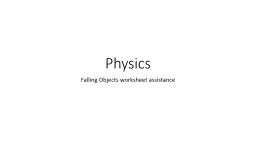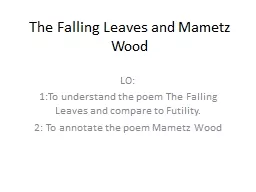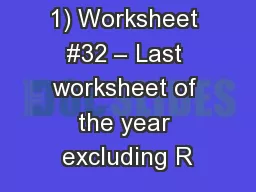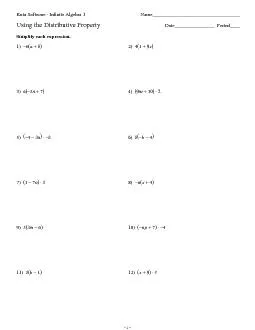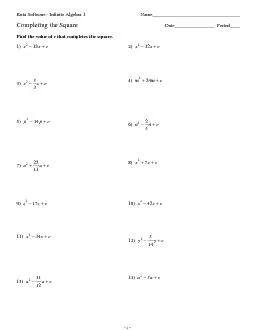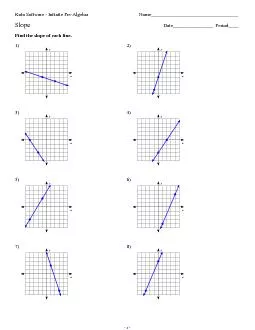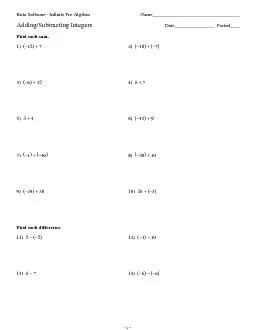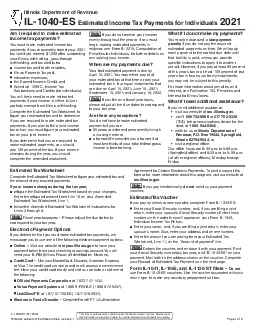PPT-Physics Falling Objects worksheet assistance
Author : tatiana-dople | Published Date : 2018-03-12
Question 1 The John Hancock Center in Chicago is the tallest building in the United States in which there are residential apartments The Hancock Center is 343
Presentation Embed Code
Download Presentation
Download Presentation The PPT/PDF document "Physics Falling Objects worksheet assist..." is the property of its rightful owner. Permission is granted to download and print the materials on this website for personal, non-commercial use only, and to display it on your personal computer provided you do not modify the materials and that you retain all copyright notices contained in the materials. By downloading content from our website, you accept the terms of this agreement.
Physics Falling Objects worksheet assistance: Transcript
Download Rules Of Document
"Physics Falling Objects worksheet assistance"The content belongs to its owner. You may download and print it for personal use, without modification, and keep all copyright notices. By downloading, you agree to these terms.
Related Documents

